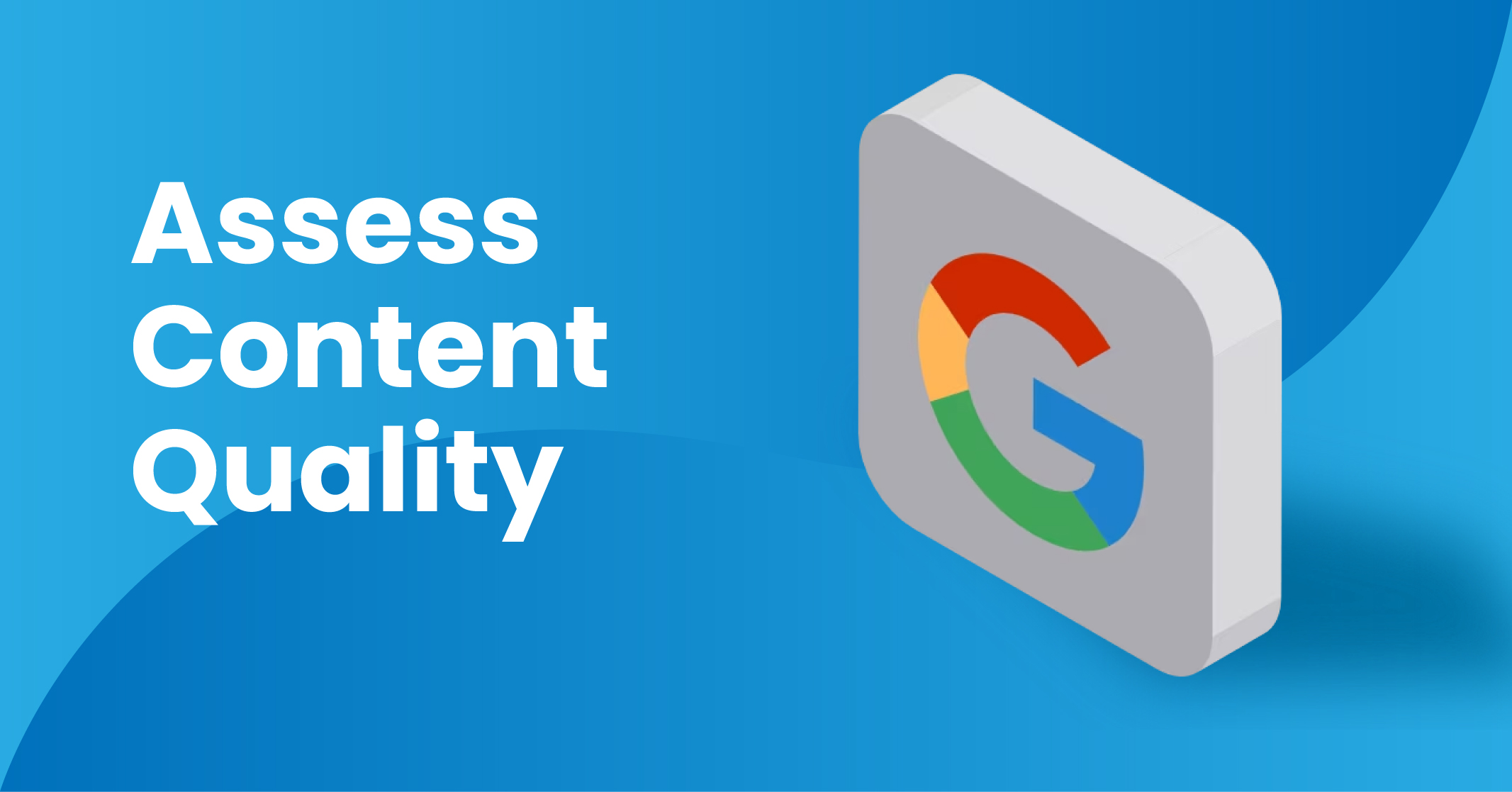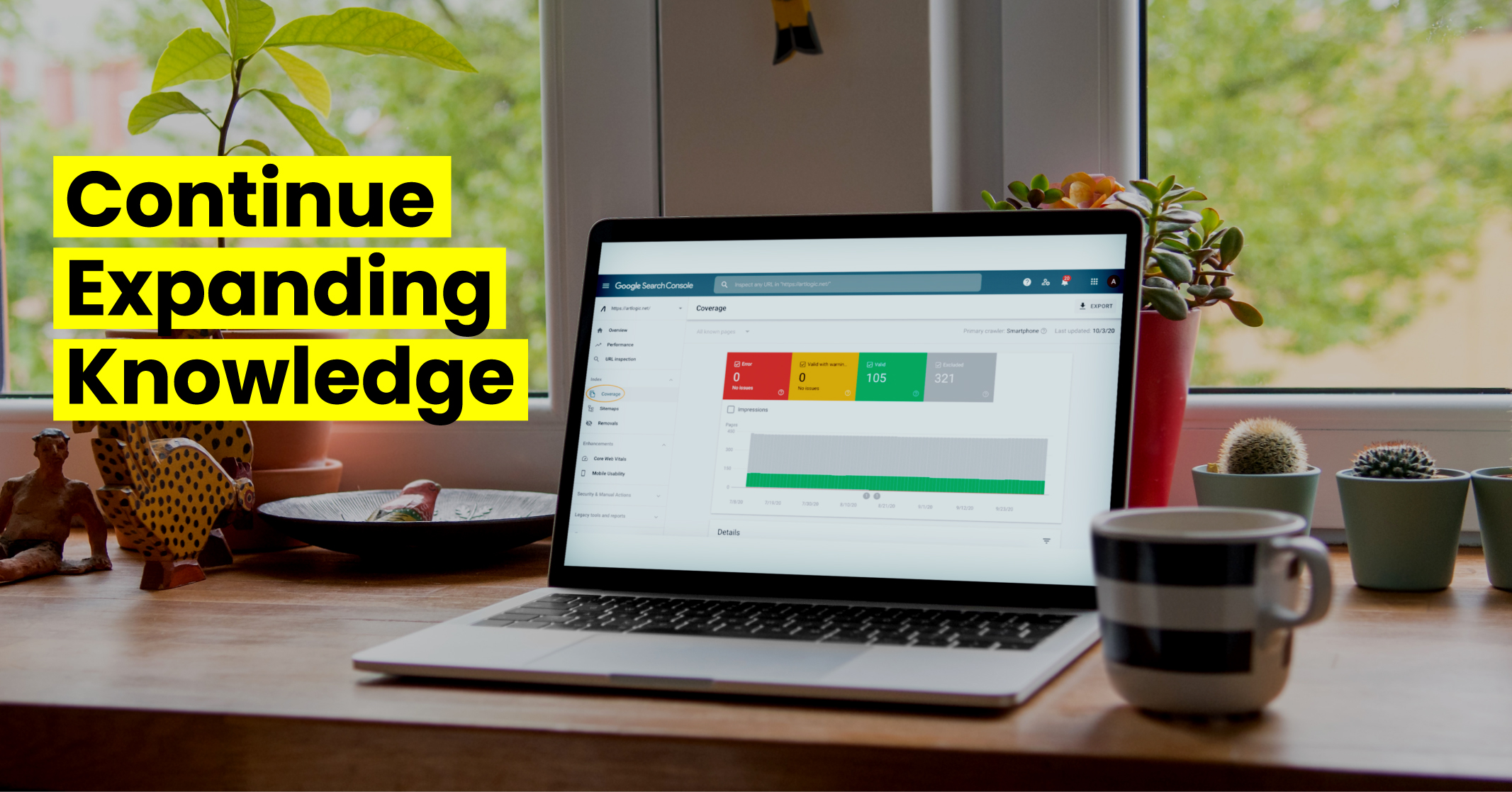I hope you enjoy reading this blog post.
If you want to get more traffic, Contact Us

Click Here - Free 30-Minute Strategy Session
Be quick! FREE spots are almost gone for this Month. Free Quote

When you encounter the message “Discovered – currently not indexed” it indicates that Google is aware of the URL but has not yet crawled or indexed it. So, how to fix Google Search Console Errors?
Follow these five steps to diagnose and address the problem and fix search console errors.

Click Here – Free 30-Minute Strategy Session
Be quick! FREE spots are almost gone for this Month
If you come across the “Discovered – currently not indexed” issue for only a few pages, you can try requesting indexing through Google Search Console (GSC). Follow these steps to request indexing:
If everything is in order, you should receive a notification stating that the URL has been added to the priority crawl queue.
Keep in mind that there is usually a limit on the number of URLs you can submit for indexing. Although not specifically mentioned in the documentation, it is typically around 10-15 URLs per day.
However, if requesting indexing doesn’t resolve the issue, it indicates an underlying problem that needs to be diagnosed and fixed before attempting another indexing request. Continue reading for further guidance.
Crawl budget refers to the speed and number of pages that a search engine intends to crawl on your website. When the number of crawlable URLs surpasses your crawl budget, you may encounter the “Discovered – currently not indexed” warning.
Gary Illyes from Google has stated that approximately 90% of websites do not need to be concerned about the crawl budget. However, even smaller sites can experience crawl budget issues due to specific technical setups, problems, or mistakes.
Now, let’s explore a few factors that can contribute to crawl budget problems and how to enhance them.
Assume your primary website is at example.com, but you have assets at cdn.example.com. In this situation, the asset subdomain may be treated as part of your main website and bundled together for crawl budget purposes.
To overcome this, consider providing assets from a CDN URL with a different crawl budget.
When we decide to delete a page from the website, we usually include a redirect to another related page. This, however, is not always essential. Unless there are backlinks or traffic to the page, it is preferable to remove or change internal links to the removed page and return a 404.
When you have close or exact copies of pages available at numerous URLs, you have duplicate content. Here are several examples:
The identical pages are available on your site’s www and non-www versions, as well as HTTPS and HTTP.
Nofollow links will not stop the page from being crawled currently not indexed. Using them internally, on the other hand, signals search engines that a page is unimportant.

Google does not index every piece of content it discovers; instead, it gives priority to high-quality, engaging, and original content. When Google encounters pages with warnings like the one you mentioned, it cannot determine their quality until it crawls them. However, it may have an understanding based on similar pages it has already crawled, which could be the reason for deprioritising its crawling.
Here are a few types of content that Google is unlikely to index:
There are specific types of content that Google tends to avoid indexing:
To address content quality issues, you can take the following steps:
Learn More: The Dos and Don’ts of Google Helpful Content
Internal links refer to links on a website that direct users from one page to another within the same site. Google views URLs without internal links or with limited internal links as less significant and may choose not to index them.
When setting up your project and selecting backlinks and/or sitemaps as URL sources, you may come across orphan pages. To identify these pages, navigate to the Links report, access the “Issues” tab, and look for the “Orphan page (has no incoming internal links)” error.
An HTML sitemap is a web page designed to provide users with a clear overview of your website’s structure and facilitate navigation. Unlike XML sitemaps, which are primarily intended for system parsing, HTML sitemaps prioritise user experience. Although some may consider HTML sitemaps outdated, they still hold relevance.
If you have a large website, it is advisable to organise it into a logical structure to avoid having an overwhelming number of URLs linked from a single page. This helps maintain a more manageable and user-friendly website architecture.
Backlinks play a crucial role in Google’s assessment of a page’s value and its likelihood of being crawled currently not indexed. If a page lacks or has a limited number of high-quality backlinks, it could be a reason why Google has given it a lower priority for crawling.
Increasing the number of backlinks is often considered the most challenging task among the listed factors, but it yields significant benefits. Even obtaining a single valuable backlink can assist Google indexing in discovering your content and indexing it more quickly.

In conclusion, resolving the issue of “discovered but currently not indexed” is crucial for improving the visibility and search engine performance of your website. By leveraging the power of Google Search Console issues and following the right strategies, you can overcome this challenge and ensure that your valuable content gets indexed and displayed in search results.
The Google Search Console pages serve as an invaluable tool for monitoring and addressing indexing issues. It provides insights into pages that have been discovered but are not yet indexed, helping you identify and rectify any underlying problems. By navigating the Google Search Console’s guide and addressing search console errors, you can effectively tackle page indexing issues detected and optimise your website for better search engine rankings.
To address Google’s non-indexing issues of pages, it’s essential to focus on obtaining high-quality backlinks. These backlinks serve as signals of your page’s value and importance, influencing Google’s crawling and indexing decisions. While obtaining backlinks can be challenging, the effort pays off, as even a single valuable link can expedite Google’s discovery and indexing of your content.
Additionally, paying attention to the quality and uniqueness of your content is vital. Avoid using machine-translated or spun content, as Google tends to prioritise high-quality, original content. Thin content should be merged with other relevant pages to create a more comprehensive and valuable resource, or it can be removed altogether if deemed unnecessary.

LEAVE A REPLY